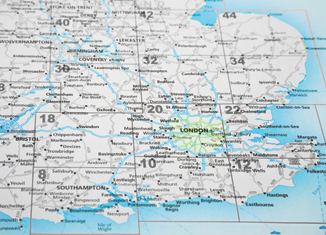First of all, when looking at how transportation or infrastructure can affect property values, it is worth noting that this generally refers to transport that uses some form of track, like train/tube/tram and not to road transportation. While having a new bus stop/station set up near to one of your properties is usually a nice addition to the facilities on offer, it is unlikely to push up the cost of your home too much. This is simply because the cost of installing one is so much lower than the cost of building an entire track and station, which means that it can just as easily be taken away at a future date if it is deemed underused by passengers.
For example, last summer a bus station at the end of my road was taken away and if I want to use the bus service (I never do) then I will have to walk five minutes further to my nearest bus stop, which is located on a busier road. I am not at all concerned what the closure of the much nearer bus stop will do to the value of my home. However, the removal of a tube station would likely be a catastrophe for house prices in most surrounding areas. In this article then let’s assume that transport infrastructure refers to track-using transportation.
Close but not too close
If you live in a large city then any nearby transport infrastructure improvements are likely to boost the value of your home. Research by Nationwide revealed that properties located 500m from a tube station carry a 10.5% premium compared to those that are 1,500m from the same station. At the current average property price in London, that equates to a difference of around £50,000.
Assuming that you walk fast (6km/hr) then you can walk the extra 1km in 10 minutes. That equates to roughly 20 minutes per day, 100 minutes per week, or 80 hours per year of walking to and from the station. Apart from making you physically healthier, the cost saving of not having to pay 4% interest (average standard variable mortgage rate) on the extra £50,000 of debt incurred if you had bought closer to the station (£2,000 per year) means that you can earn around £25 per hour just by walking. However, the money you pay your mortgage with has already been taxed from your salary at 20-40% so the real hourly rate you get paid for walking the extra 2km per day is probably closer to £35 per hour. This means it is only really worth buying a home closer to a train station if you earn more than that amount, which equates to almost £60,000 per year…or if you hate walking of course.




















